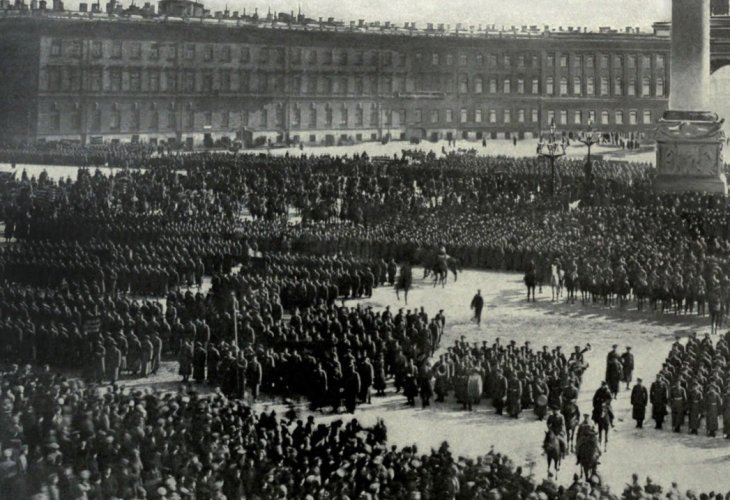October Revolution: A Turning Point in Russian History
On this day, 102 years ago, the October Revolution marked a pivotal step in Russia's transformation to communism.
 (Photo: shutterstock)
(Photo: shutterstock)In February 1917, the first stage of this process began: the February Revolution ended the rule of the Tsars over Russia, transferring power from the last Tsar, Nicholas II, to the liberal leader Georgy Lvov, and subsequently to Alexander Kerensky.
This was just the first step in what sought, and succeeded, to be a real revolution. The vision was to turn the government into a socialist one, without class differences, poverty, or private property, where everyone would work according to their ability and receive according to their needs. In other words: communism.
On November 7, 1917, Lenin and the Bolshevik Party led socialist and communist revolutionaries in a revolt in what was then Russia's capital, Petrograd, overthrowing the weak government set up by Kerensky. Although future records attempted to glorify the revolution, in reality, the revolt was swift and straightforward, and the Bolsheviks encountered minimal resistance. Thus, the process initiated by the October Revolution was completed, and Russia began to transform, in practice, into a communist state.
The communist takeover of Moscow was more complex, and in various parts of Russia, the civil war continued for four more years after the October Revolution. But the communist regime, with all its future damages, became a reality.

